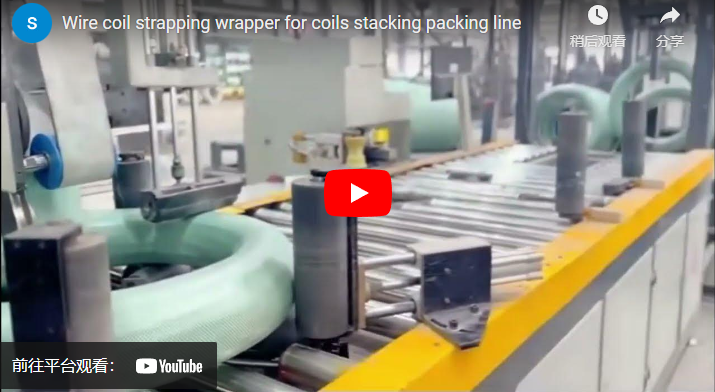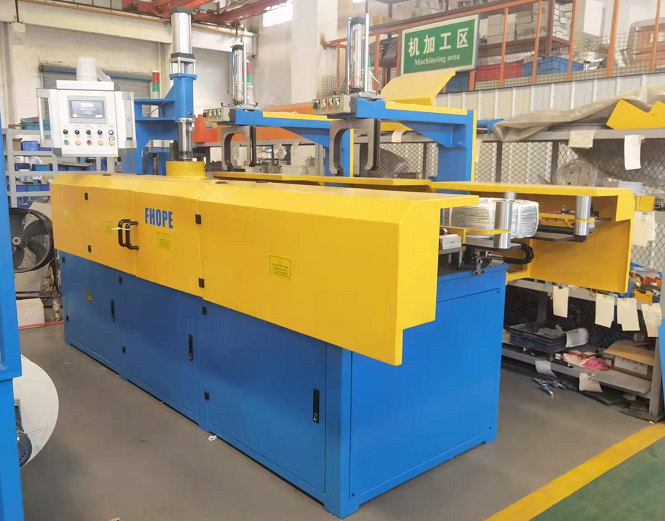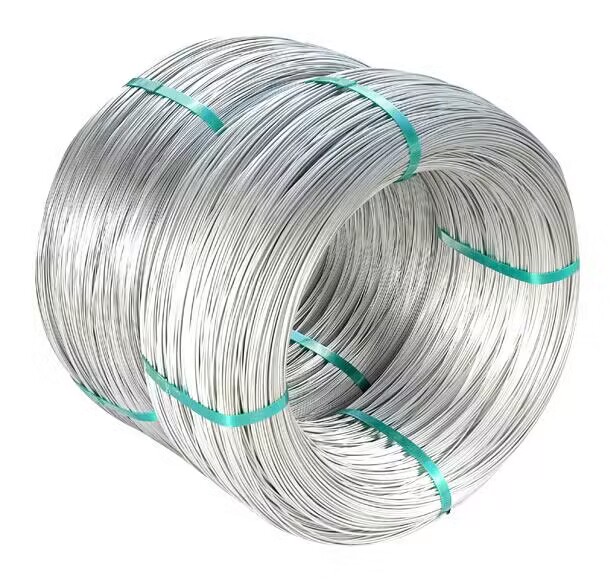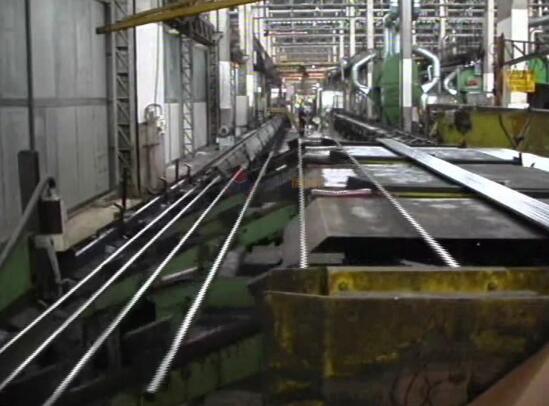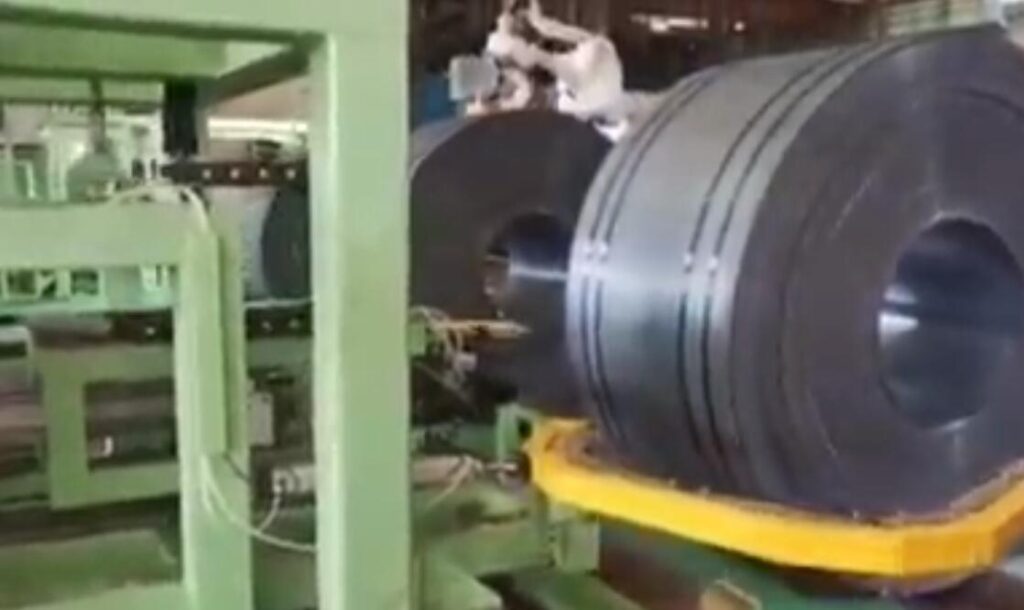Steel Profile Strapping Machine
Custom Features vs. Standard Models: How to Choose a Steel Profile Strapping Machine
When it comes to securing steel profiles for transport or storage, selecting the right strapping machine is crucial. The decision often boils down to choosing between custom features and standard models. Each option has its advantages and disadvantages, and understanding these can help you make an informed choice that meets your operational needs. In this article, we’ll explore the key factors that influence the decision-making process when selecting a steel profile strapping machine, providing a comprehensive guide that covers everything from functionality to cost considerations.
Understanding Steel Profile Strapping Machines
What is a Steel Profile Strapping Machine?
A steel profile strapping machine is a device designed specifically to secure steel profiles and other heavy materials using plastic or steel straps. The machine applies tension to the strap, ensuring that the products remain tightly bundled during shipping and handling. This is essential in preventing damage and ensuring safety throughout the logistics process.
Importance of Strapping in Operations
Strapping is a critical component in the packaging and shipping industry. Properly strapped products minimize the risk of damage during transportation, reduce the likelihood of accidents, and enhance overall efficiency in handling. Understanding the mechanics of strapping machines can help businesses improve their operational workflow.
Standard Models: Pros and Cons
What Are Standard Models?
Standard models of steel profile strapping machines are pre-designed machines that come with a set of features aimed at fulfilling general strapping needs. These models are often mass-produced and cater to a wide range of applications.
Advantages of Standard Models
- Cost-Effective: Standard models are usually less expensive than custom machines, making them an attractive option for businesses with budget constraints.
- Ease of Use: These machines typically offer straightforward operation, making training and onboarding of staff easier.
- Availability: Standard models are readily available, allowing for quick implementation without long lead times.
- Reliability: Being mass-produced, these machines are tested across various scenarios, ensuring a level of reliability and performance.
Disadvantages of Standard Models
- Limited Features: Standard machines may not have the specific features required for unique operational needs, which can limit their effectiveness in specialized applications.
- Inflexibility: These machines may not adapt well to changes in production requirements, leading to potential inefficiencies.
- Potential for Overkill: If your operations do not require the full capabilities of a standard model, you may end up paying for unnecessary features.
Custom Features: Pros and Cons
What Are Custom Features?
Custom features refer to modifications or additions to a standard strapping machine designed to meet specific operational needs. These features can include adjustable strap tensions, specialized feeding mechanisms, or integration with existing production lines.
Advantages of Custom Features
- Tailored Solutions: Custom features allow you to create a machine that meets your specific requirements, enhancing efficiency and performance.
- Improved Workflow: Machines designed with your operational processes in mind can streamline workflow and reduce bottlenecks.
- Scalability: Custom machines can be designed with future growth in mind, allowing for adjustments as your business evolves.
- Enhanced Safety: Custom features can address specific safety concerns relevant to your operations, reducing the risk of accidents.
Disadvantages of Custom Features
- Higher Initial Costs: Custom machines are generally more expensive due to the added design and engineering work involved.
- Longer Lead Times: The development and manufacturing process for custom machines can take significantly longer than for standard models.
- Complexity: Custom machines may require more extensive training for staff, which can lead to initial operational challenges.
Key Factors to Consider When Choosing a Machine
1. Production Volume
Understanding your production volume is essential when selecting a strapping machine. High-volume operations may benefit from custom features that enhance speed and efficiency, while lower-volume operations might find standard models sufficient.
2. Material Types
Consider the types of materials you will be strapping. Heavy steel profiles may require machines with specific capabilities that standard models do not offer. Custom features can provide the necessary adjustments for different material types.
3. Space Constraints
Evaluate the space available for the strapping machine in your facility. Custom models can be designed to fit specific space requirements, while standard models may not always fit your layout.
4. Budget Constraints
Your budget will significantly influence your choice between standard and custom machines. While custom features can offer tailored solutions, they come at a higher cost. Assess your budget to determine the best option.
5. Future Growth
Consider your company’s growth trajectory. If you anticipate expanding your operations, investing in a custom machine that adapts to future needs may be more beneficial than a standard model.
6. Maintenance and Support
Evaluate the maintenance requirements and support options for both standard and custom machines. Custom machines might require specialized knowledge for maintenance, while standard models may have more readily available support.
7. Integration with Existing Systems
Determine how the strapping machine will integrate with your current production line. Custom features can facilitate better integration, while standard models may require additional adjustments.
8. Safety Features
Safety should always be a priority in any operational setting. Assess the safety features available in both standard and custom machines, ensuring that they meet your specific safety requirements.
Comparing Costs: Short-Term vs. Long-Term
Short-Term Costs
In the short term, standard models generally incur lower initial costs. This can be appealing for businesses with limited budgets or those looking to implement a solution quickly.
Long-Term Costs
However, custom machines, while initially more expensive, can lead to significant savings over time. Improved efficiency, reduced damage rates, and lower maintenance costs can offset the initial investment.
Total Cost of Ownership (TCO)
When evaluating costs, consider the Total Cost of Ownership (TCO). This includes not just the purchase price but also maintenance, operational efficiency, and potential downtime. Custom machines may offer a lower TCO in the long run.
Making the Decision: Questions to Ask
1. What are my specific operational needs?
Understanding your unique requirements is crucial in determining whether a standard model or custom features are necessary.
2. How much am I willing to invest?
Set a budget and consider both initial and long-term costs when making your decision.
3. What level of support will I need?
Evaluate the support options available for both types of machines and choose one that aligns with your operational capabilities.
4. How will this impact my workflow?
Consider how the choice of machine will affect your overall workflow and productivity.
Real-World Applications
Case Study: Standard Model Success
A mid-sized manufacturing plant opted for a standard steel profile strapping machine to meet its production needs. With a moderate output and a straightforward workflow, the plant benefited from the cost-effectiveness and ease of use of the standard model, leading to improved efficiency without significant upfront investment.
Case Study: Custom Feature Implementation
Conversely, a large steel fabrication facility required a custom strapping solution to accommodate its high volume and diverse product range. By investing in a custom machine with adjustable features, the facility significantly enhanced its operational efficiency, reduced labor costs, and improved product integrity during shipment.
Conclusion
Choosing between custom features and standard models for a steel profile strapping machine is a significant decision that impacts operational efficiency, cost, and safety. By thoroughly evaluating your production needs, budget constraints, and long-term goals, you can make an informed choice that aligns with your business objectives. Whether you opt for a reliable standard model or invest in a tailored custom solution, the right strapping machine will ultimately enhance your operations and contribute to your company’s success. Take the time to analyze each option carefully, and you’ll find the perfect fit for your steel strapping needs.
